Things have changed ever since WCW went defunct back in 2001. Yet, something that was a constant during the promotion's short lifespan and remains one to this day is the importance of a wrestler's gimmick. It's sacred, and copying it is considered a cardinal sin. But this did nothing to stop WCW from infringing upon the gimmicks of others, especially during the Monday Night Wars, when it clashed with WWE over weekly Nielsen ratings.
WCW did everything it could to get ahead, including parodies and downright ripoffs. While gimmick theft between major organizations is no longer as common in more modern times, it defined one of the most memorable and bizarre periods in wrestling history.
10 Asya
The Attitude Era marks one of the most successful periods in WWE history, and during that period, no women's wrestler was as popular on American soil as Chyna. This was something that WCW couldn't and wouldn't tolerate. So in 1999, the promotion responded by repackaging the musclebound Head Nurse from Ric Flair's kayfabe stint at a mental institution.
The Head Nurse, formerly known as Double D, was reintroduced to audiences as Asya at Halloween Havoc. Her name - a play on the continent of Asia - was designed to showcase her superiority to Chyna, whose name was pronounced China. Asya bore an uncanny resemblance to her counterpart, down to her chiseled physique and black in-ring attire. But, she never came close to matching Chyna's success and was released a year later in 2000.
9 Buzzkill
Road Dogg was one of the most popular midcard acts of 90s wrestling, and WWE made great use of him. So WCW, who had signed his brother Brad Armstrong, also tried to capitalize on Road Dogg's surging popularity. Armstrong was forced to find a gimmick but struggled, consequently causing the promotion to find a gimmick for him. That gimmick was Buzzkill.
Buzzkill was, for all intents and purposes, a direct ripoff of his brother Road Dogg, with a wig worn to mimic his brother's braids and a theme song that copied the one used by the New Age Outlaws.
8 The Juice
Juventud Guerrera is a talented worker in the ring and is still wrestling today, despite a career that dates back to the early 90s. He was a well-known luchador in WCW's cruiserweight division and had worked matches with the likes of Chris Jericho. This was referenced by the Rock in a promo, in a complete burial of Guerrerra, upon Jericho's arrival in WWE.
After returning from injury, Guerrera adopted a new gimmick. He began referring to himself as the Juice and not only parodied the Rock's catchphrases, but elements of his move-set and mannerisms as well.
7 The Renegade
In 1995, the Renegade made his WCW debut, and no one mistook him for anything other than a direct ripoff of the Ultimate Warrior. At the time, WCW was alleged to have failed to agree on terms with the Ultimate Warrior, who was a free agent. In short, his asking price was too high. This caused WCW to, in their minds, take the only other course of action by parodying him.
Hulk Hogan, in the midst of a feud with Vader, teased the debut of an ally he deliberately described as an ultimate surprise. This was accompanied by visuals of a silhouetted man with long hair and tassels on his arms. The implication wasn't lost on anyone. This was the Ultimate Warrior. Only, it wasn't, because upon his debut, the Renegade was revealed, complete with the mannerisms, face paint and attire used by only one other man in wrestling.
6 Randy Hogan
Before WCW signed Hulk Hogan, they signed a man by the name of Randy Muehl. While most may not remember him, he had a career in NWA due, almost entirely, to his striking resemblance to Hulk Hogan. The long hair, bald spot and long mustache were all unmistakable. He was packaged as Randy Hogan, and things were no different for him when he signed with WCW.
He was used as a jobber, with the irony coming from his deliberate resemblance to the Hulkster, who the promotion then signed not long after. When WCW held a media event to announce Hulk Hogan's arrival, Randy Hogan was himself present in one of the most bizarre scenes of the time.
5 KroniK
Tag team wrestling can credit several teams for its rise from a mere side attraction to something that fans emotionally invest in. One of those teams was the APA, short for the Acolytes Protection Agency. The team consisted of future WWE champion John Bradshaw Layfield and Ron Simmons, both of whom operated under the names Bradshaw and Faarooq. The gimmick was simple, they acted as hired muscle for wrestlers, while toeing the line between heels and faces.
Due to the group's popularity, WCW created their own take on the APA with KroniK. This didn't last long, but towards the end of their run with the promotion, they were bodyguards for hire reminiscent of the Acolytes Protection Agency.
4 Horace Hogan
Horace Hogan, as his name implies, is Hulk Hogan's nephew. But when he joined WCW, neither his gimmick nor he himself resembled his uncle. Instead, Horace Hogan seemed to love Steve Austin, copying nearly everything about the Texas Rattlesnake. He had a shaved head like Austin did, including a goatee.
Furthermore, he dressed like Austin, complete with a knee-brace and a black sleeveless leather vest. He even took it upon himself to copy Austin's gait, walking and moving just like him.
3 The Giant
Paul Wight is better known to fans as the Big Show. He is one of wrestling's greatest big men and had a long tenure with the WWE. Before that, however, he was a WCW talent known only as the Giant due to his sheer size. His gimmick was based on his superficial resemblance to André the Giant, being that the two men were of similar stature.
He was even billed as the late great legend's son during the initial stage of his WCW run. Furthermore, his original in-ring attire was identical to André the Giant's, as he wore a black, one-sleeved singlet.
2 New World Order
The NWO is one of the greatest factions in wrestling history, and was pivotal to the historic successes that WCW enjoyed during the Monday Night Wars. The stable's original members were Kevin Nash, Scott Hall and Hulk Hogan under his Hollywood Hogan repackaging. The premise of the faction was based on a takeover of the wrestling world, with it embarking on an invasion of WCW on behalf of another promotion which was heavily implied to be WWE, given its original members' previous affiliation with it.
But the idea for the NWO was not an original one. In fact, it was taken from an older invasion angle that took place in Japan. UWF, its own promotion, was formed years earlier by Japanese wrestling stars like Akira Maeda and Nobuhiko Takada, who had left NJPW. The group then took part in an invasion storyline, wherein UWF tried to overthrow their rivals in NJPW.
1 Oklahoma
Jim Ross is one of the most beloved figures in modern wrestling history. His claim to fame is his past role as a WWE commentator. One of the most well-known facts about him is his medical affliction. J.R. suffers from Bell's palsy, which occasionally paralyzes parts of his face.
Unfortunately, this was targeted by WCW when Ed Ferrara played the character of Oklahoma, a mean-spirited parody of Jim Ross. As Oklahoma, Ferrara mocked Ross' facial paralysis, mimicked his voice and even dressed like him, generating controversy, with many deeming the parody offensive and tasteless.

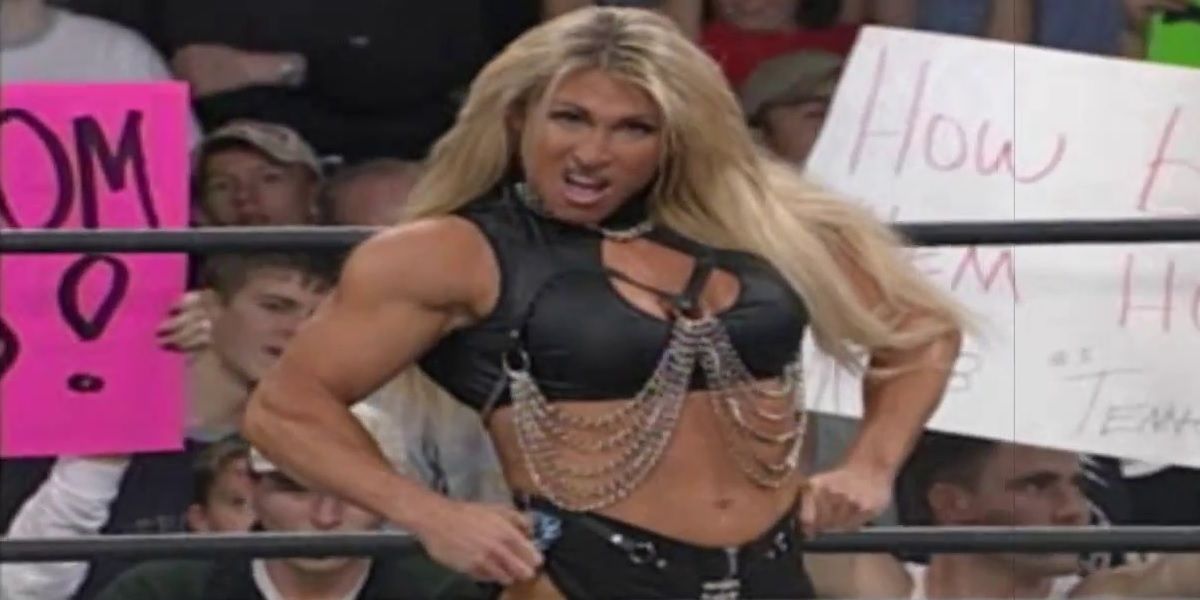
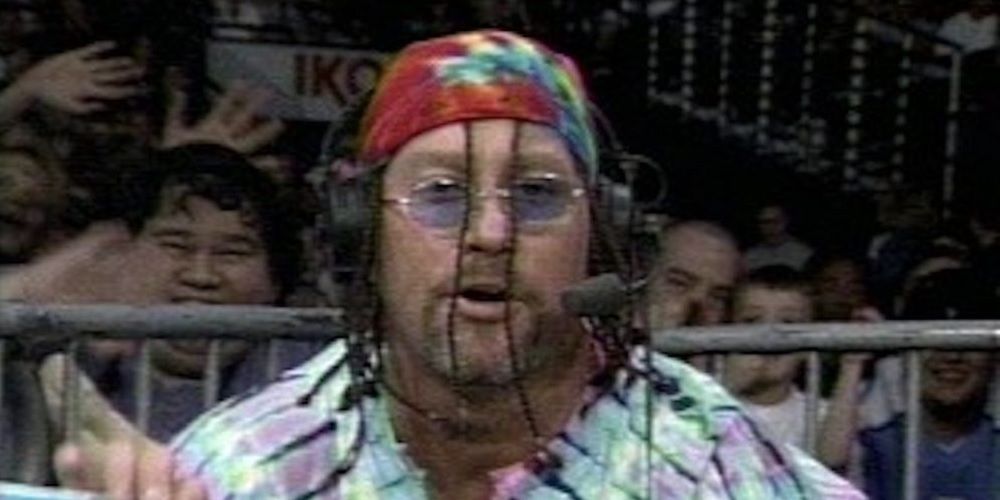
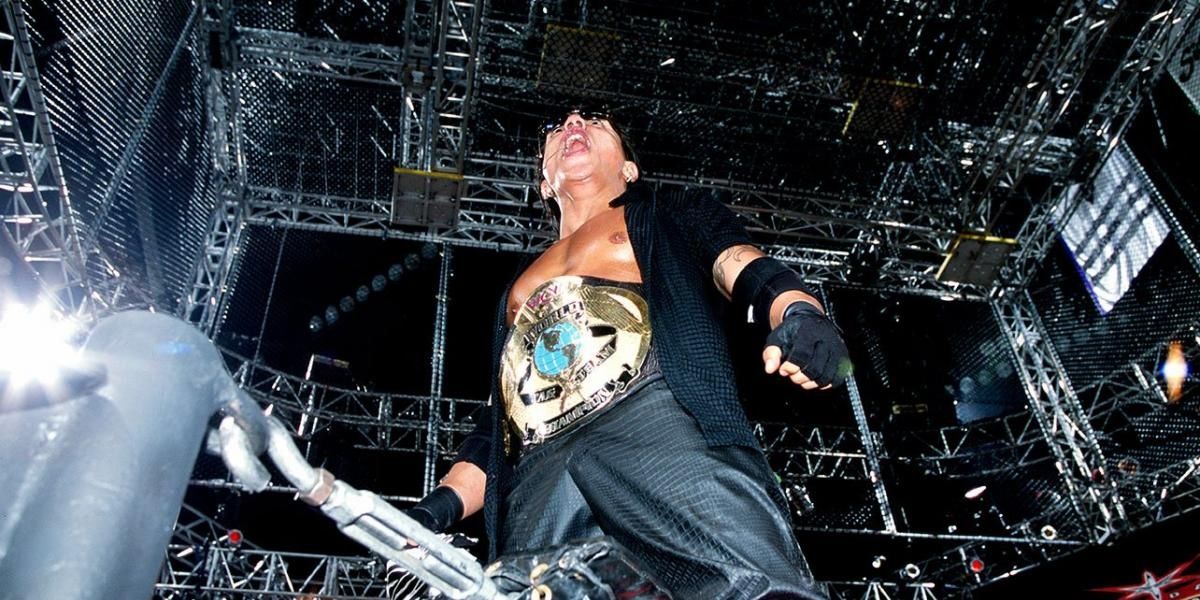
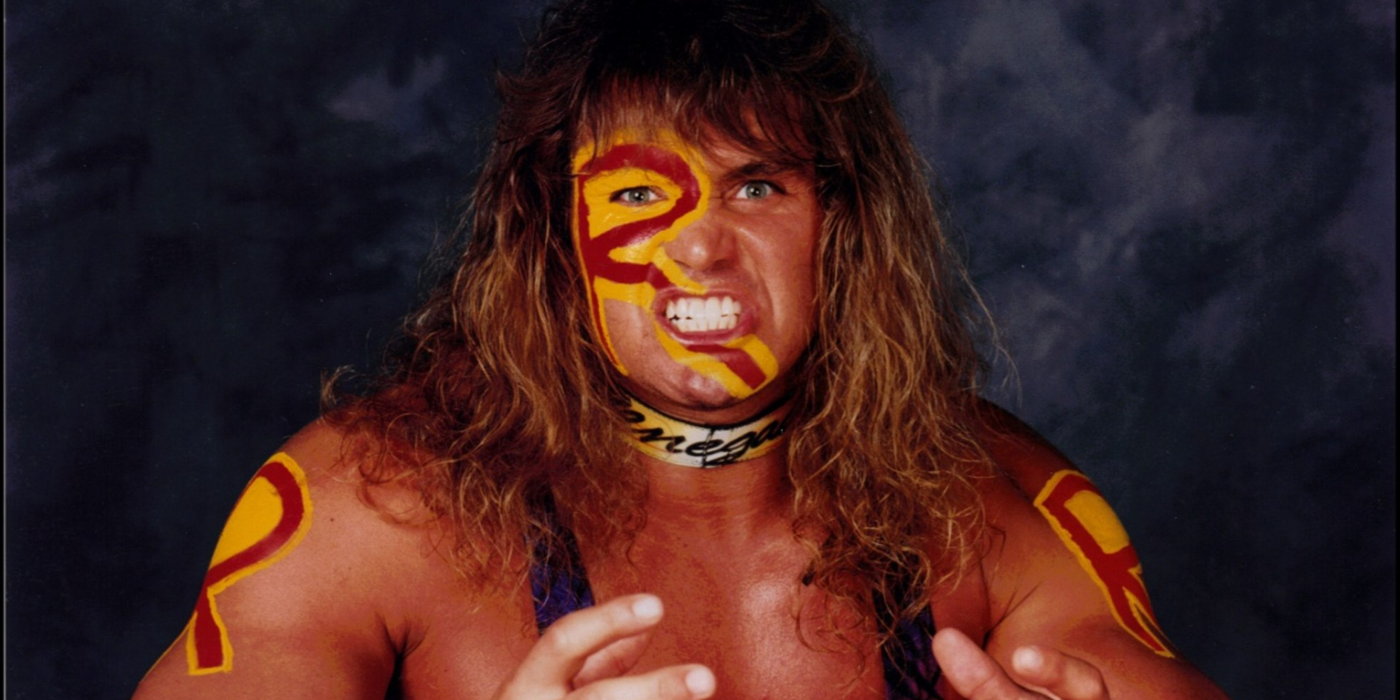
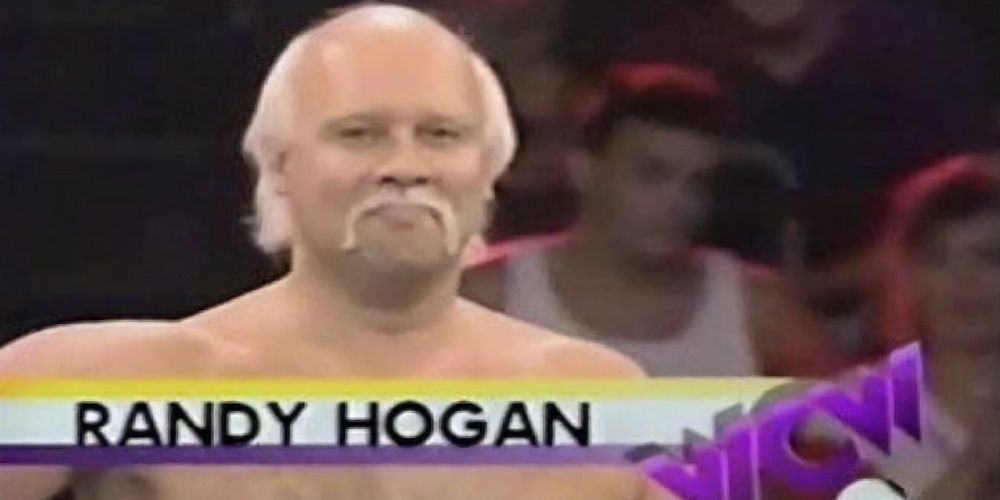
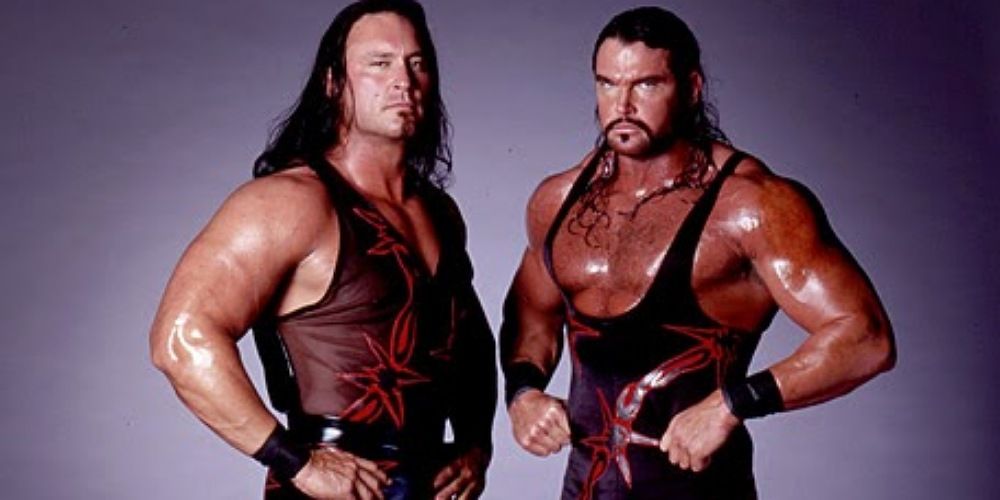
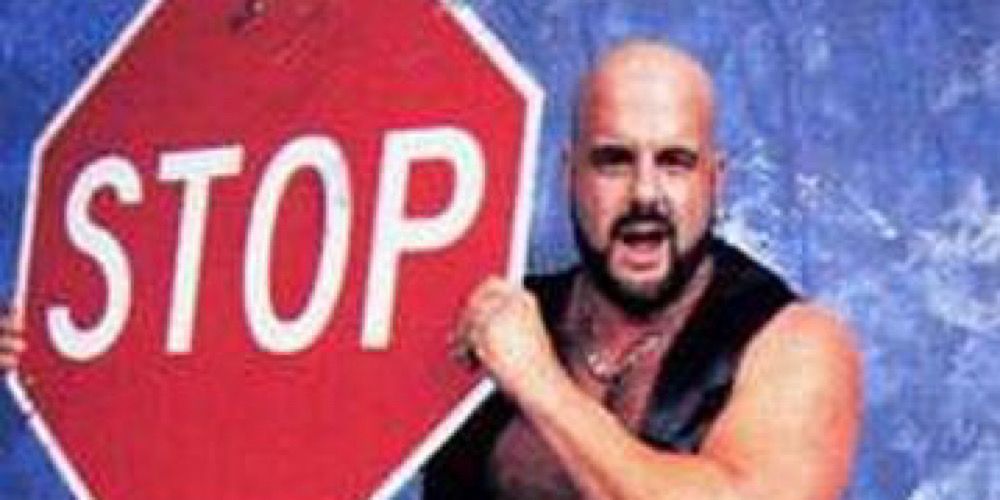
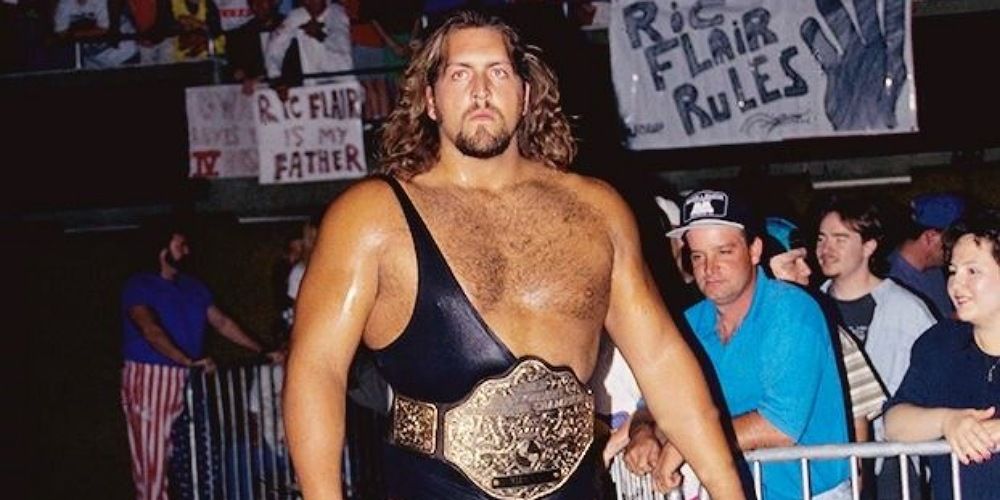

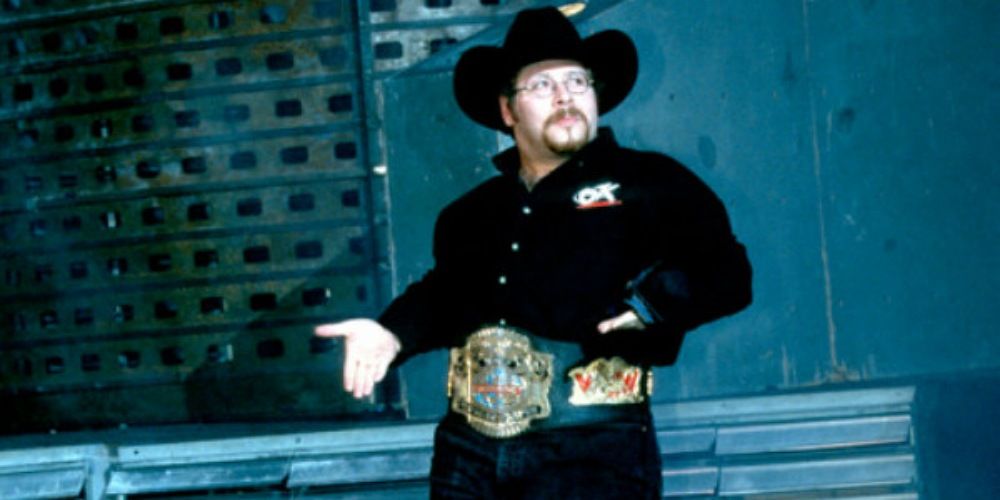

0 Comments